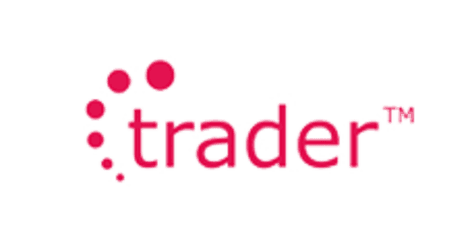News
Retail management and accounting software: your key deliverables
Retail accounting and management software might promise to help save you time dedicated to tedious tasks, but how do you actually measure its success?
Retail software should save your business time and money, as it helps to free you from the most tedious retail management tasks such as stock ordering, creating quotations and sending out invoices. To measure the return on your initial investment, however, you need to establish some specific targets based around several variables. The targets you choose to focus on depend on the type and size of construction industry retail business that you operate in. You’ll know it better than we do, but we’re here to talk you through some of the most important variables to keep track of when you’re implementing or upgrading your point-of-sale software.
Efficiency of point-of-sale process
Retail software covers many different aspects of retail management, including point-of-sale. Point-of-sale software should streamline the checkout process for each of your customers, whilst providing you with the data you need. Even if you only used manual processes for a couple of elements of the point-of-sale process before, a completely electronic, integrated point-of-sale experience will speed up the process significantly. Keeping track of the efficiency of the point-of-sale process is easy to do with a completely electronic system, as you’ll be able to keep track of the exact time that each transaction was carried out. From there, you can work out the average time it takes for the point-of-sale process to take place. You might not have previous figures to compare your new figure to, but you can still set yourself targets prior to the implementation of the new software. This figure might drop further as your staff become expert at using the point-of-sale software you’ve chosen to implement.
Complaints and feedback
In all likelihood you’ll have some kind of customer complaints policy in place – or at least an informal procedure that your staff will follow each time a customer complains. Retail software will make life easier for your employees and you, as a manager, but it should also improve the retail experience for your customers, too. Stock control software will ensure that products are much more likely to remain in stock, meaning that your customers are less likely to be met by empty shelves. Furthermore, you’ll be able to provide customers with detailed information about past purchases, credit limits and previous discounts for products. You’ll also have information on hand about the profit margin on each product you’re selling, enabling you to give grumpy customers instant discounts if the margin allows it. In addition, you can provide customers with information about when future deliveries are due – hopefully leading to fewer complaints or at least a quicker rate of resolution.
Reduction of dead stock
Dead stock is a pain to deal with. It takes up valuable shelf space, looking ever more battered and past its best. Customers notice if stock isn’t shifting and it reflects badly on your business if you’re unable to shift products after months of them being on the shelves. Furthermore – these products represent funds tied up in your stockroom that could be better applied elsewhere. Integrity Trader software allows you to identify slow selling products with ease, and lets you apply discounts just as easily. Reducing dead stock is definitely an area that should be targeted if you’re upgrading your retail software.
These are only three of the potential variables that you should aim to improve with the implementation of retail management and accounting software. You could also target customer retention rate, increased customer engagement with discounts and sales, and revenue or profit.
If you’d like to learn more about the benefits that Integrity Trader’s retail software can offer you, contact us now!
About Trader
Trader is an easy to use electronic point of sale system designed for the unique requirements of building, plumbing and timber merchants, hardware and DIY stores in the UK and Ireland.
Contact Trader
Our team are ready to help with any queries or arrange a demo for you.
UK 03453 40 30 40
IRE +353 (01) 906 1444
© Trader 2024.
Privacy PolicyCookie PolicyTerms and ConditionsDisclaimer
